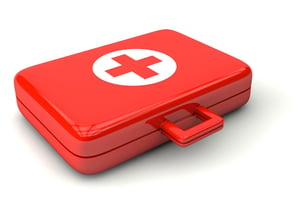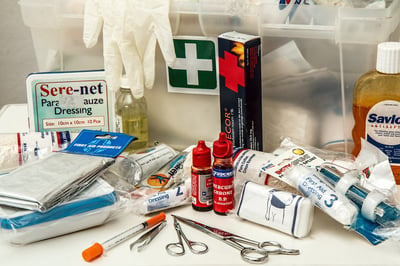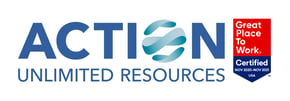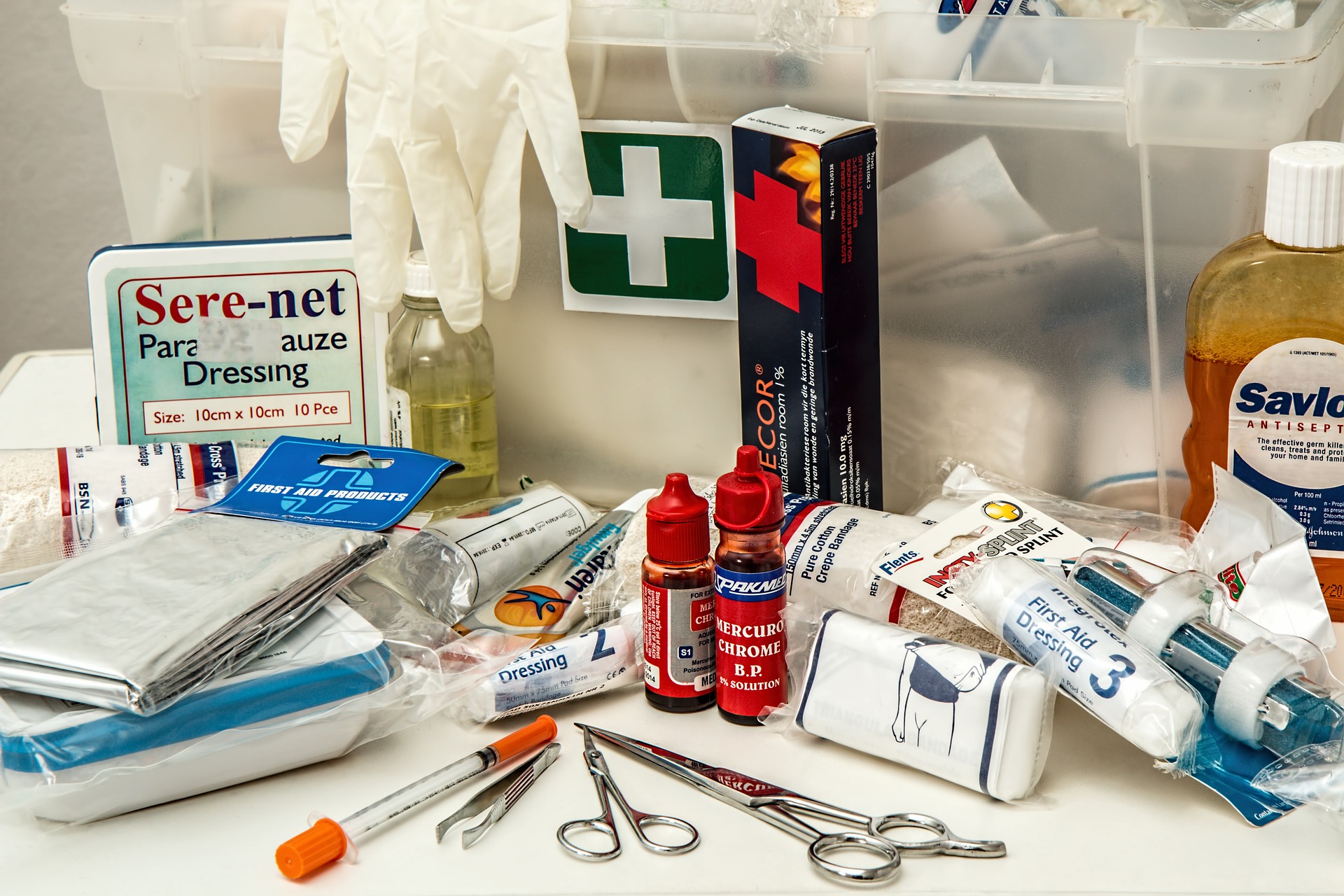 When was the last time you looked inside your first aid kit? Does your kit include the proper items that will help your team effectively address common workplace injuries and emergencies?
When was the last time you looked inside your first aid kit? Does your kit include the proper items that will help your team effectively address common workplace injuries and emergencies?
The Occupational Safety and Health Standards requires employers to have "adequate first aid supplies readily available" on the work-site.
Industry-approved first aid kits are commonly divided into two categories -- Class A and Class B. The American National Standards Institute (ANSI) states that “Class A first aid kits are intended to provide a basic range of products to deal with most common types of injuries encountered in the workplace,” with examples like cuts, abrasions, eye injuries and minor burns. According to ANSI, here are the minimum requirements for a Class A first aid kit:
- Adhesive bandages
- Adhesive tape
- Antibiotic treatment applications
- Antiseptic applications
- Breathing barrier

- Burn dressing that is gel soaked
- Burn treatment
- Cold pack
- Eye covering
- First aid guide
- Hand sanitizer
- Exam gloves
- Roller bandage
- Scissors
- Sterile pad
- Trauma pad
- Triangular bandage
For a first aid kit to be classified as Class B, in addition to the items listed above, the kit must also contain items like a splint and a tourniquet which are designed to treat more serious injuries.
Beyond the items on this list, you may want to add additional safety items based on the conditions of your worksite. We've collected several other first aid kit item lists from reputable organizations for you to reference:
- Mayo Clinic: In addition to many of the basic items listed above, the Mayo Clinic also recommends keeping basic medications like pain relievers and antihistamines handy.
- Red Cross: Some of the additional items the Red Cross advises to include in a first aid kit are an oral thermometer, an emergency blanket, and tweezers.
- Johns Hopkins: Beyond the basics, the list also includes cotton swabs, a flashlight, and a sling.
In addition to selecting the proper first aid products, you will also want to consider what type of first aid kit to purchase for your team. ANSI has broken down the first aid kits into four main types:
- Type I First Aid Kits are mounted in a fixed position and should only be used in indoor spaces. These types of first aid kits are not designed to be exposed to the outdoor elements.
- Type II First Aid Kits are designed to be portable and to be used indoors.
- Type III First Aid Kits are intended for portable use in both indoor and outdoor environments. In contrast to Type I and Type II kits, these kits have a seal that is water-resistant to protect the contents inside from the outdoor elements.
- Type IV First Aid Kits can be used both indoors and outdoors, and are intended for portable use. These kits should be used in more dangerous worksites, since Type IV kits are governed by performance guidelines for moisture, corrosion and impact resistance.
After you’ve selected the most suitable first aid kit type for your worksite and stocked it up with the proper supplies, we recommend you take the following next steps:
- Provide basic first aid training to your workers. During the training, make sure that your workers know where the first aid kit is located on the worksite, as well as how to use the different items in the kit. To keep your workers safe, it is best practice to ensure that there is at least one worker per shift who is certified in providing first-aid care.
- Schedule a first aid kit check-up every month. While you should restock your first aid kit continuously as supplies run low, it is a good idea to set aside time once every month to replace any expired or damaged products.
Ready to refresh your first aid kit? At Action Unlimited Resources, we offer high-quality first aid products designed to keep you and your team safe. If you have any questions about which items would work best for your team's needs, we are happy to chat!



Enjoy this blog? Leave a comment or ask a question!